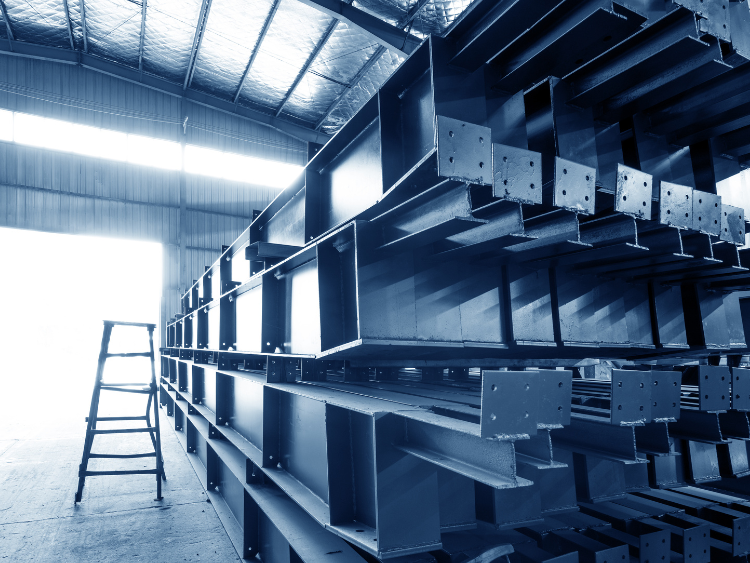Russia’s military invasion of Ukraine has triggered a lot of issues globally and, particularly, effected the energy balances in several regions, given that Russia had been one of the world’s major hydrocarbon exporters. Particularly, in 2022 the energy crisis hit EU countries and their steel sectors, and affected the costs, production rates, competitiveness and margins in business. By the end of the year and in early 2023, the situation eased somewhat due to government policies in the EU to reduce dependency on Russian energy and also owing to favorable weather conditions, which enabled household energy consumption to remain at acceptable levels.
The high energy prices which the EU countries had to implement in 2022 rewrote the structure of the European steel industry. Gas supply issues resulted in energy prices spiking, so steel producers were forced to increase steel prices while facing higher costs or to cut their output. The situation resulted in some production cuts since some European mills chose to suspend operations at some of their facilities or to reduce utilization rates significantly starting from August and during the autumn months of 2022.
List of main European mill with idled or reduced capacity in H2 2022

Integrated coil producers, mainly in Italy, started purchasing imported slabs from China, India, Indonesia, South Korea, Vietnam and Brazil in order to replace the missing semis volumes from Ukraine and Russia. In fact, while Ukraine has hardly been present in the slab market since the war started, some Russian mills have still had the chance to sell to the EU based on EU regulations. Along with the target to substitute the regular missing imported tonnages, some mills were buying slabs, aiming to get better margins from slab rolling compared to own slab production.
During 2022, European electricity and natural gas prices for industry increased by two- or three-fold. The highest average monthly wholesale electricity price in the EU was recorded in August 2022 at €543/MWh. It was caused by a rise in gas prices, which prompted European politicians to consider intervening in the energy market to protect consumers and businesses.
Before the electricity and natural gas prices increased in 2022, the share of energy in steel production costs was 10-18 percent for BOF steel and 9-16 percent for EAF steel, SteelOrbis estimates. In the third quarter of 2022, the share of energy costs in the European steel sector’s cost increased to 25-40 percent against the backdrop of natural gas and electricity prices rising…






